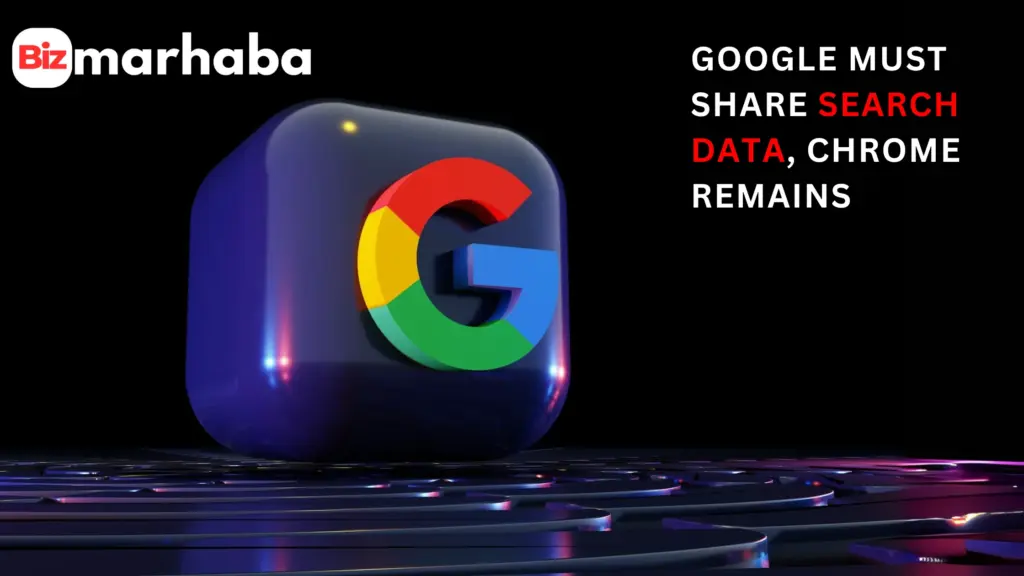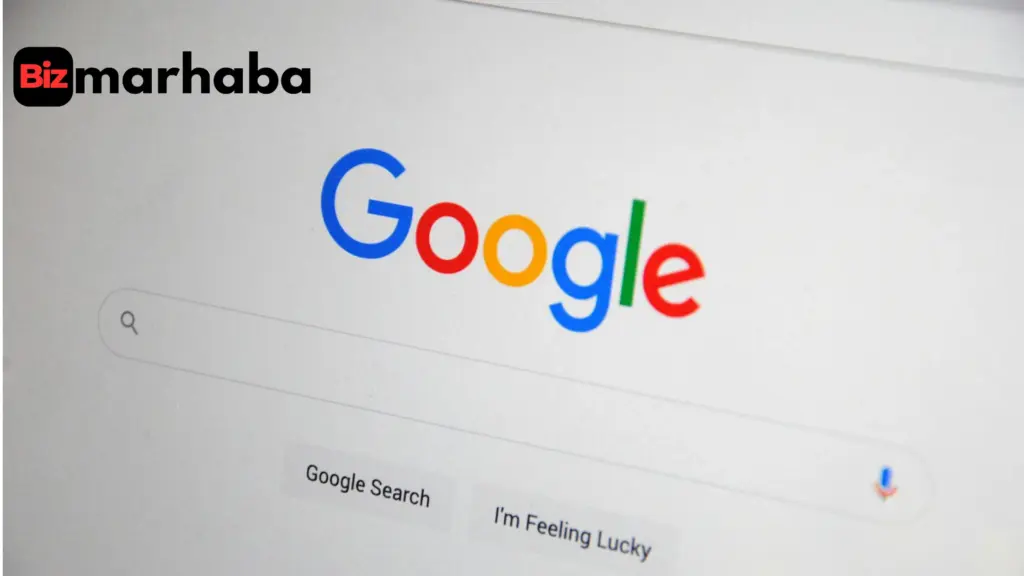Judge Amit Mehta ordered Google to share core search data with rivals while allowing the company to keep its Chrome browser, in a landmark ruling that retools remedies in a major antitrust fight. Mehta barred exclusive distribution deals but permitted continued payments to default partners. The judge tied his approach to the rapid rise of generative AI and set deadlines for implementation.
Google must provide portions of its search index to qualified competitors. The company must also make selected user interaction data available. The court ordered new syndication services for search and search text ads. Those steps aim to lower entry barriers for rival search engines and AI firms.
Mehta allowed Google to keep paying partners for default placement. Apple stands to keep receiving substantial revenue from that arrangement. Analysts said the decision cushioned the financial blow to Apple services.
Reactions from Regulators and Rivals
The Justice Department called the remedies a meaningful step toward competition. Department of Justice (DOJ) officials said they will monitor outcomes and may seek more relief. DuckDuckGo and other critics said the order did not go far enough.
Judge Amit Mehta cited the rapid rise of generative AI in his reasoning. He argued that well-funded AI firms can now mount credible threats to entrenched search leaders. The judge warned that divesting Chrome would be technically risky and messy.
The court barred Google from forcing device makers to install all its apps to access the Play Store. That change reduces one distribution advantage. Yet allowing payments keeps a strong commercial incentive for partners.
Competition and Technical Challenges

Some economists said access to index data could unlock competition. Other experts warned that technical hurdles and licensing terms will be decisive. Implementation details will determine whether rivals can scale against Google.
Google said the court recognized how the industry has changed with AI. The company also expressed concerns about privacy and security implications. Google added that it disagrees with the earlier finding that it monopolized search.
Judge Amit Mehta set a deadline for the parties to propose implementation plans. He said he would revisit a payment ban if competition did not revive. The Justice Department may appeal or seek additional remedies.
Industry and Market Perspectives
Experts said the order could guide future tech antitrust actions. The remedy mixes operational limits with data sharing rather than a structural breakup. It shows how courts balance innovation dynamics against competition harms.
Rivals welcomed data access but stressed speed and scope issues. DuckDuckGo called the remedies inadequate to dislodge Google’s power. Some AI startups expressed guarded optimism about building differentiated services.
For most users, Chrome will operate unchanged in the short term. Over time, syndication and index access could produce new search options. Whether rivals gain material share depends on the toughness of remedies and enforcement.
How Is Google a Monopoly?

The legal fight began with a government suit filed in 2020. The court previously found Google illegally maintained market power. That finding dates to an August 2024 decision by the same judge.
Companies, economists and witnesses debated harms and fixes during spring remedies hearings. The Department of Justice had urged a sale of Chrome. Prosecutors argued that default payments froze out rivals.
Google warned the proposed structural fixes would harm consumers and partners. The company urged remedies tuned to a fast-moving AI landscape. Courts must balance disruption risks against restoring competitive choice.
Advertising and Consumer Choice
Ad-industry witnesses argued licensed index access could unlock new advertiser options. AdMarketplace and others said practical licensing could spur innovation for advertisers and publishers. Those experts urged clear, enforceable terms and prompt timelines.
Apple will need to do more to promote alternative search choices, the judge wrote. He also ordered easier default settings for private browsing. Those adjustments aim to nudge consumer choice without banning commercial deals outright.
Regulatory observers said that how the court defines “qualified competitors” will matter. They noted that access rights alone may not suffice without fair pricing and technical interoperability. Enforcement and follow-up litigation will shape the ultimate outcome.
Market Signals After the Antitrust Google Ruling
The markets reacted quickly. Alphabet’s shares rose on investor relief that Chrome and Android remained intact. Apple’s shares climbed as analysts flagged continued services revenue. Market moves signaled that investors saw a middle ground.
This antitrust Google ruling alters default search economics today. Court orders aim to open markets after this antitrust Google decision. Judge Google signaled he might revisit remedies if needed.
Judge Amit Mehta wrote a detailed remedies opinion. He framed those remedies around the realities of AI competition. How is Google a monopoly? Experts continue to debate the company’s market power and the impact of the ruling.
Judge Google will revisit remedies if competition stalls. Markets and regulators will watch how the order unfolds in practice.
Future of Big Tech Antitrust Battles
The court gave the parties a near-term deadline to craft an implementation plan. Mehta warned he would modify relief if the market did not respond. Appeals and follow-on litigation could extend uncertainty for years.
A separate case targets Google’s ad-tech businesses and could prompt other structural choices. Combined enforcement actions keep pressure on major platforms. Courts across venues may use this ruling as a reference point.
Observers said the ruling marks a pivotal moment for modern antitrust enforcement. It keeps dominant consumer products intact while imposing new duties for interoperability and data access. The real test will be how the remedies work in practice.
For now, Google retains Chrome. Competitors gain clearer technical access paths. The market will watch closely to see whether those paths deliver real consumer choice.








